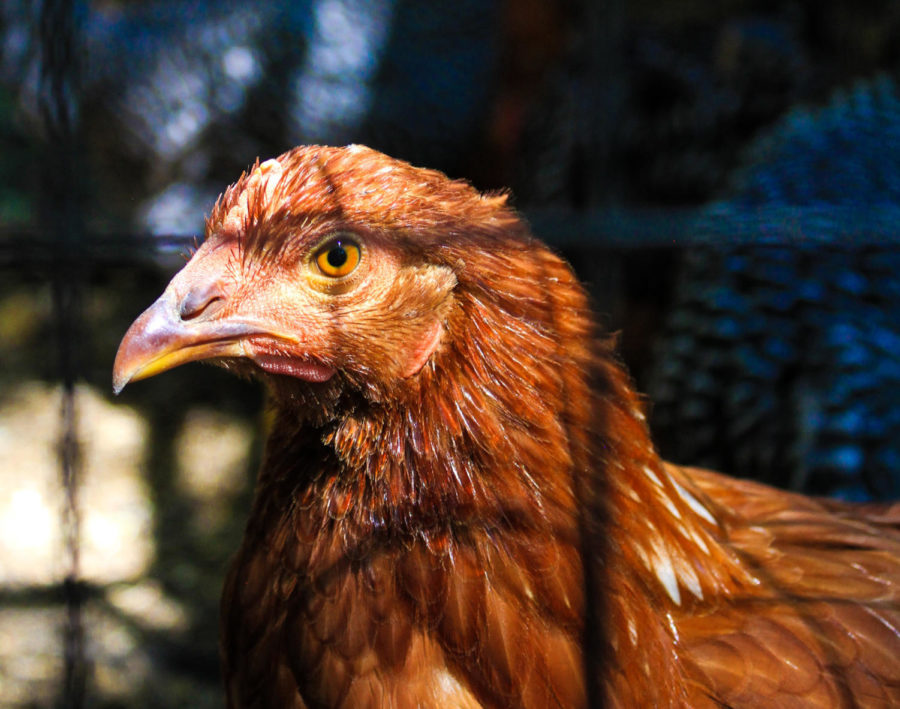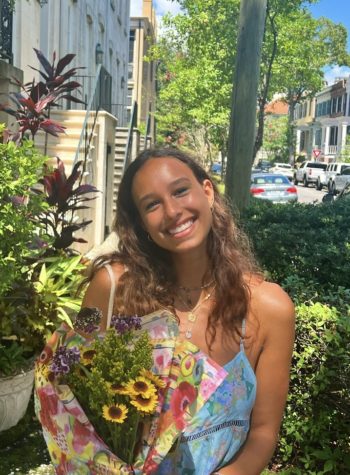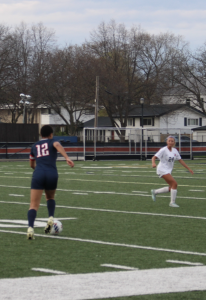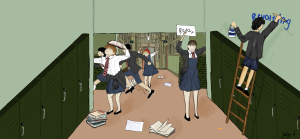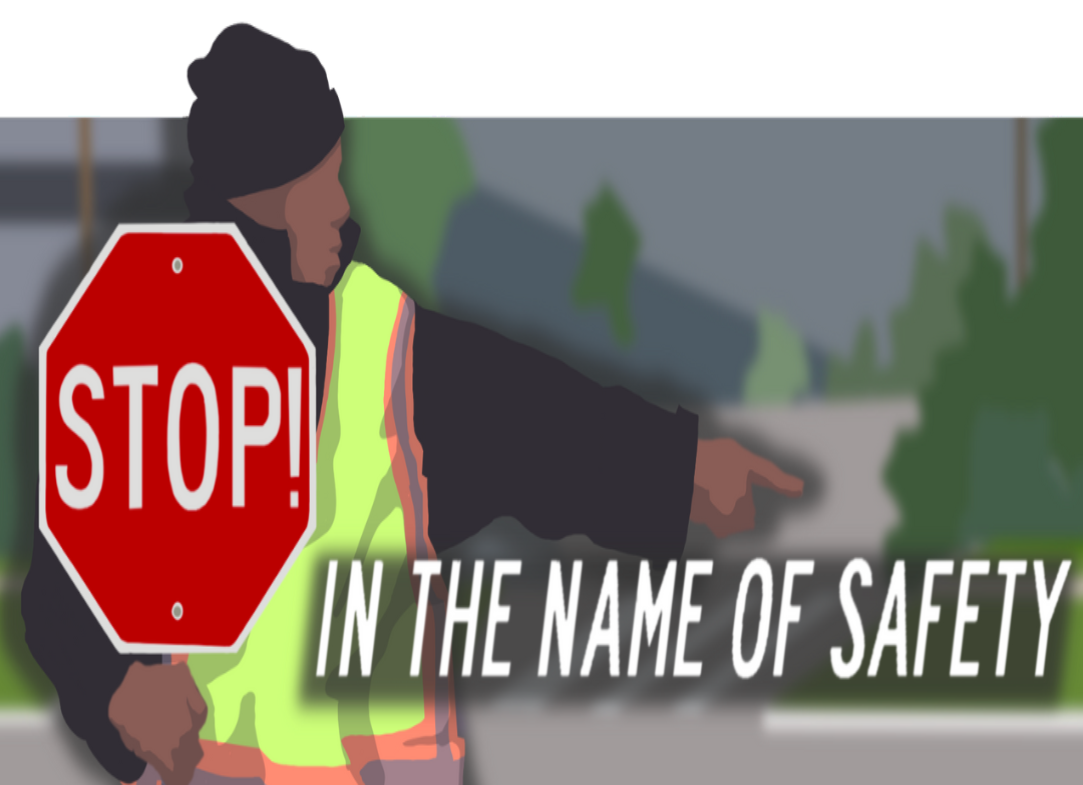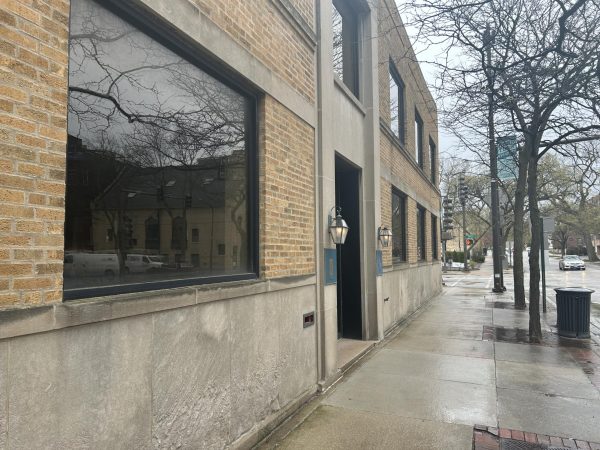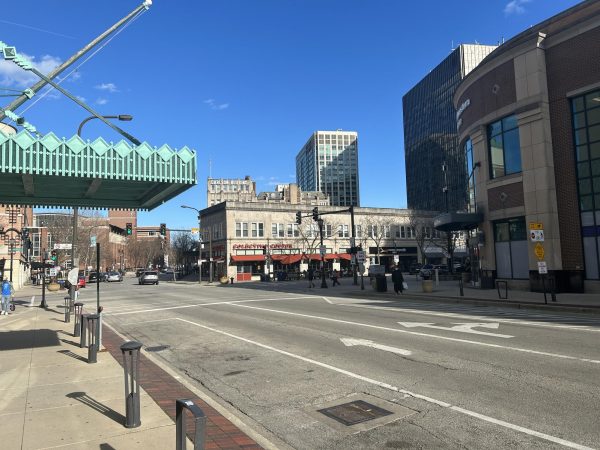What are the roosters cockadoodle-doing?
September 24, 2022
This year, ETHS welcomed a new addition to the school, eleven chickens that were hatched this past summer. If you have class near the greenhouse, you may have already heard one of the two roosters of the flock, Tyrone or Gooba. Big Tino, Cornbread, and Bean (all named by Urban Agriculture students) are among the nine hens that make up the rest of the flock.
Having chickens at ETHS has been a plan in the works for a long time, and in the past, ETHS has hatched them and found homes for them. But this year, the school kept them to augment the Urban Agriculture class, especially in its animal husbandry unit. They help students learn how to take care of chickens and learn about chicken health and development.
The two Urban Agriculture teachers, Ellen Fierer and Sujud Ottman, hatched the chickens this summer. This past spring they got a grant which helped them to buy the chicken coop and run. They also had to get a permit from the City of Evanston to have the chickens at the school. The two of them currently do most of the work pertaining to caring for the birds, however, they are currently working on a schedule to get urban agriculture students more involved in the caretaking. This hands-on experience will be hugely beneficial for students learning about animal husbandry.
Another way the chickens are used at ETHS is to teach students about food sovereignty, the right to healthy food that is made using sustainable and ecologically sound methods.
“The current food system doesn’t serve people equally and is not currently resilient to the climate crisis. We want students to know more about how to gain control of what they eat and how they access good food. Having hens for eggs is just one way to secure that access,” explained Fierer.
One goal that they have pertaining to this issue is to figure out a way to donate eggs to food pantries in Evanston so that they can be utilized by food insecure people. So not only will the chickens benefit the students and teachers, they will benefit the community as well.
“I think they’re really neat animals,” Ottman explained, “I think what’s really helpful is it will give students an idea of how to care for the animals in a really nice way, and then also kind of give some responsibility to the students and see how that works out.”

